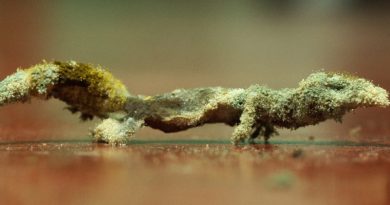The Sharksucker: Fish That Sucks The Most
“Suck” has become a derogatory term in English only in the last decades, and I am not quite sure what caused the morphing of a neutral verb describing the application of negative pressure to attach something to something else into a verb meaning “this is not very good”. I’d love to hear from the cunning linguists among my blog readers explaining this transformation.
Fish which suck which interest me are the sharksuckers. I frequently observe these sharksuckers (Echeneis naucrates) when diving in the Philippines. They attach themselves to larger fishes like sharks and large rays, or to turtles. The point of this kind of “sucking” is several-fold: 1. the sharksuckers save energy for locomotion, which they parasitize off the host fish; hence the remoras are termed “hydrodynamic parasites”.
Then, 2. the forward motion of the fish doesn’t just provide energy for locomotion, but also for respiration. It’s much harder to move oxygen rich water over gills than it is to move oxygen-rich air (which is much less dense) in and out of lungs. Fish either move the water by pumping their gill covers, or by forward motion; in the case of the sharksucker, the fish uses the energy provided by the forward motion of the host to move water over its gills. The sharksucker will change the type of respiration (pumping versus forward-motion-powered) depending on the situation it is in.
Then, 3., the sharksucker seems to get some of its nutrition from the leftover of the food captured by some of its shark hosts; this doesn’t work of course when attaching to a sponge- and seagrass eating turtle.
Check out this Flickr album of images of sharksuckers, if you click on the sides of the image you can scroll through it while staying on this page, or you can click on it to go to Flickr.
In return, the sharksuckers remove parasites from their hosts. This is a facultative type of mutualist symbiosis: when living without a host, the sharksuckers feed on free-living fish and crustaceans. The sharksuckers are so eager to attach to a host that they are often trying to attach to a diver, who is a much slower swimmer than even a slow turtle. Beggars can’t be choosers! They can be quite persistent in trying to stick with you, even though they don’t stay on for long usually, due to the slow swimming speed, I suppose.
Turtles often seem to be annoyed by the sharksuckers and try to swipe them off with their flippers. Dolphin spinning jumping is probably at least partially a behavior meant to dislodge remoras. The parasite removal is balanced out by skin irritation and increased drag when swimming, and the negative effects of living with an attached remora often outweigh the positive ones.
The sharksuckers belong to a family of fishes called the remoras, there are several other species of remoras which attach to larger marine animals. The oldest known remora fossil is from the Oligocene, 32 million years old.
Great, so you maybe clicked on a link because it had the word “sucked” in the title, and now you have actually learned something about fish biology. Check out the video of sharksuckers below:
Literature on Remoras:
Steffensen, J. F., & Lomholt, J. P. (1983). Energetic cost of active branchial ventilation in the sharksucker, Echeneis naucrates. Journal of Experimental Biology, 103(1), 185-192.
Brunnschweiler, J. M., & Sazima, I. (2008). A new and unexpected host for the sharksucker (Echeneis naucrates) with a brief review of the echeneid–host interactions. Marine Biodiversity Records, 1.
Friedman, M., Johanson, Z., Harrington, R. C., Near, T. J., & Graham, M. R. (2013). An early fossil remora (Echeneoidea) reveals the evolutionary assembly of the adhesion disc. Proceedings of the Royal Society B: Biological Sciences, 280(1766), 20131200.
Weihs, D., Fish, F. E., & Nicastro, A. J. (2007). Mechanics of remora removal by dolphin spinning. Marine mammal science, 23(3), 707-714.


